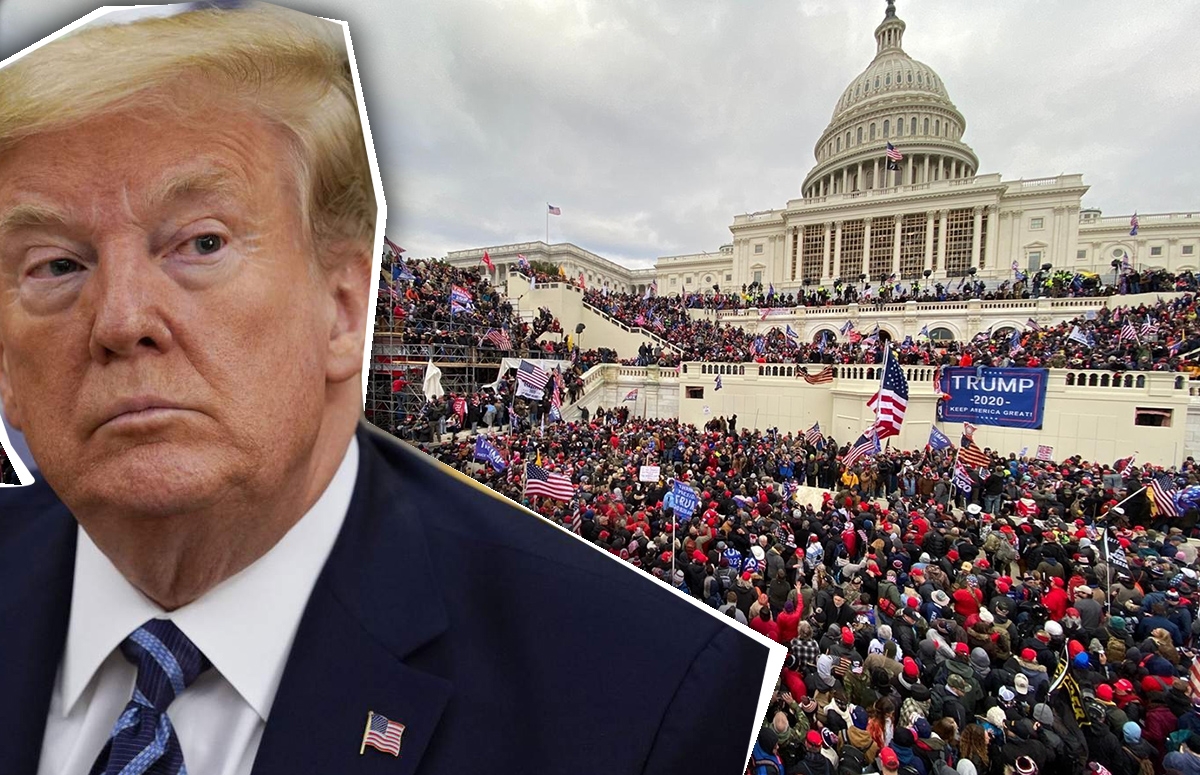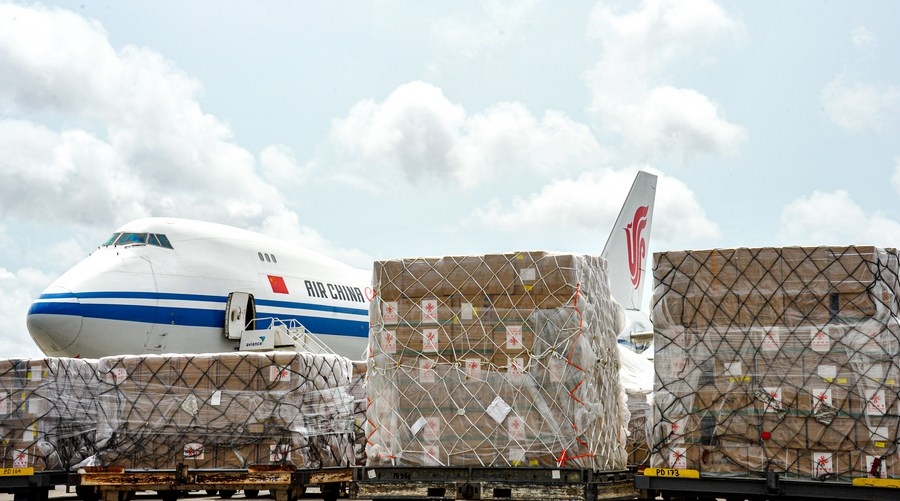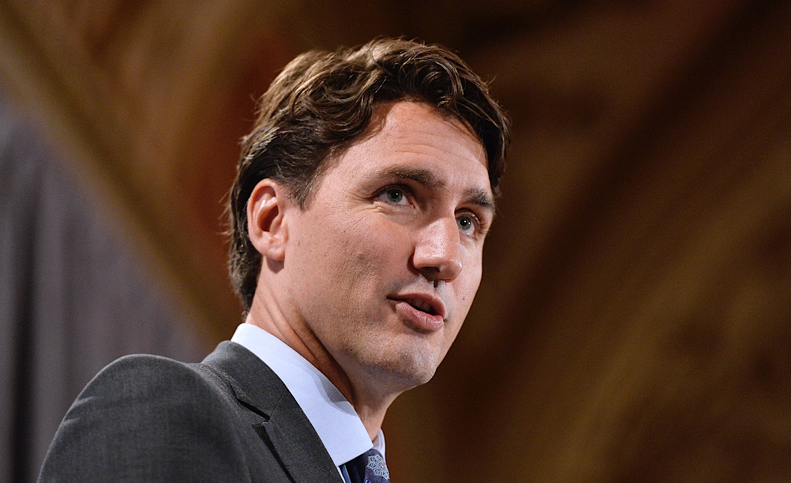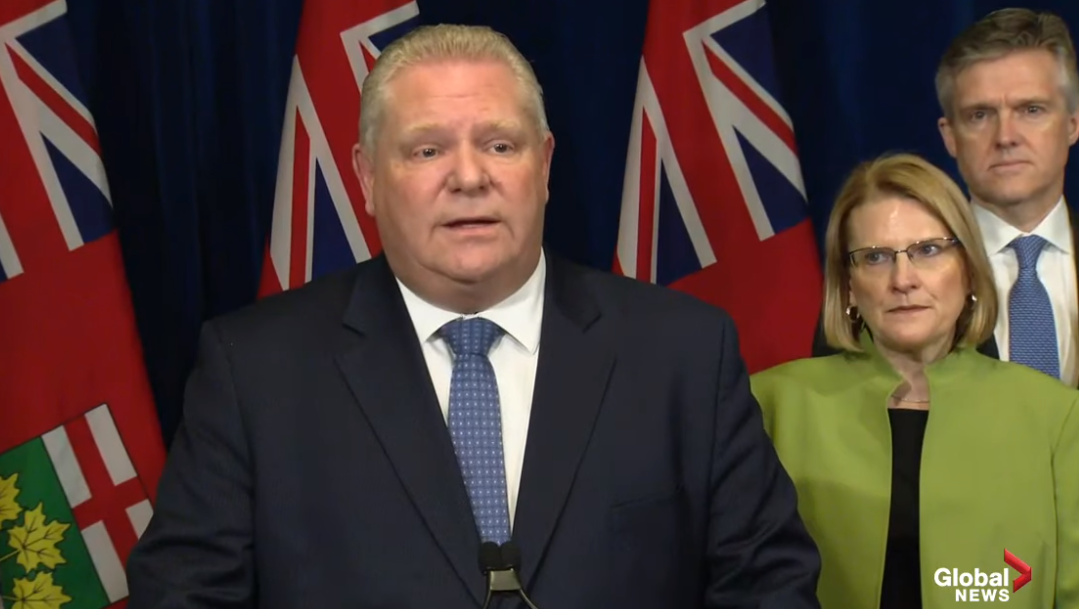
Designs and Democracy: The politics of imperfectly levelled playing fields
One of the facts of life on the water is that reckless operators of boats are legally responsible for their wake damage. But you have to catch them first.
In the politics of democracies, it’s even more of a free-for-all, but sometimes your wake damage does catch up with you. That is why the Trump soap opera in the U.S. has had such an inglorious final season. And as it winds to a close, we have heard a great deal about the rigging of elections. The fact that Mad King Donald’s maunderings are nonsense does not make the subject of election fairness an uninteresting topic.
I take the term “election rigging” to mean the tilting of a playing field that might otherwise be closer to level, as opposed to “election fixing”, which would imply a predetermined outcome. Election rigging, in the sense of causing an unlevel playing field, is inherently of two types. One type is legitimate in that it is above-board and is inherent in the agreed-upon structure of the election process. The second type is illegitimate and seeks to undermine and distort the agreed-upon process. This second, illicit type of rigging is traditionally carried out by unscrupulous regimes that are already in power and are prepared to commit crimes in order to retain power.
Mr. Trump’s claim that the U.S. presidential election was illicitly rigged against the incumbent would, if true, make it unique in rigging history. It would have been an election rigged by the folks who weren’t in power. Were it true, it would have been so extraordinary as to be worthy of some special prize, probably in physics or thermodynamics.
But the fact that the U.S. election was conducted with scrupulous probity and under intense bipartisan scrutiny does not mean that the playing field was level.
There is nothing mysterious or hidden about the forces which produce legal, long-standing tilts of electoral paying fields in many western liberal democracies. This long-established, structural “rigging” exists to varying degrees in virtually all democratic systems; it arises largely from five factors. These five factors are: (a) infelicities introduced by geographic representation and its manipulation, (b) limitations on the franchise, (c) the incumbent advantage, (d) the multiplier effect of money, and (e) electoral designs in which a winner may lack a majority of the votes cast.
All these forces were at play in the U.S. federal election of 2020. It is not surprising, given that the U.S. is a collection of federated states, that geographic representation remains important. But the archaic arrangements thereof yield some truly bizarre asymmetries, most of which currently tilt the playing field heavily in favour of the Republican party. By way of example, a vote cast in an election for the U.S. senate, if cast in the very Republican state of Wyoming carries 69 times the weight of a vote cast for the U.S. Senate if that voter resides in the very Democratic state of California. And even the presidential election has similar but less extreme biases, in which a vote by a Wyoming resident for a presidential candidate carries 3.8 times the weight of a vote cast by a Californian. A quick perusal of these ratios across all states explains why no Democrat can reasonably expect to win the presidency without garnering at least some 3-4 million votes more than the Republican candidate, but a Republican can very probably win the presidency with 2-3 million votes less than their Democratic opponent.
Furthermore, only two U.S. states do any dividing of their electoral college vote by district, while all the rest use a winner-takes-all approach. That would be roughly equivalent to selecting a Canadian PM by treating each province as a single riding, with the winning party naming all the MPs for that province.
And then there is the incumbent advantage. The person in the highest elected office is always vastly more visible and better known than the leader of the leading opposition party, and this publicity, with name recognition and myriad photo-ops doing good things and giving away money, confers an obvious electoral advantage. Many liberal democracies reduce the incumbent advantage somewhat by separating the roles of head of state and head of government. In a constitutional monarchy, the monarch (or representative thereof) gets the fancy ceremonial roles, and the prime minister gets to be a distinguished spectator. Some republics solve the problem with a ceremonial president who is expected to be relatively apolitical, even if elected, while the prime minister runs the government. This is a bit riskier than the constitutional monarchy approach, because sometimes the connection between the two offices is too close, or one becomes the other, as occurred in Erdogan’s constitutional manoeuvre in Turkey.
In the U.S., where the two top offices are combined, the incumbent advantage has historically been so powerful that, following the presidency of Franklin D. Roosevelt, the 22nd Amendment to the U.S. constitution was passed, mandating a two-term limit for president, which prior to Roosevelt had been customary anyhow. Next month that rule will have been in force for 70 years. Because a sitting president has the huge incumbent advantage of the combined visibility of the two top offices, the effective term of a U.S. president is not really four years. It is effectively eight years, with a four-year off-ramp for those who appear to have severely underperformed.
As to limitations on the franchise, while it is true that conservative forces in the U.S. have been in a century-and-a-half-long battle to slow the extension of the franchise for distinctly racist reasons, all the liberal democracies have a long history of struggle for the gradual expansion of the franchise. Votes for women, votes for minorities and for Aboriginal peoples, and the gradual removal of property and educational requirements for voting have been the standard tale of the evolution of democratic rights in most democratic nations, as well as a gradual reduction in the minimum voting age. This long struggle for expansion of suffrage has often been described as a part of the gradual evolutionary process of monarchies or oligarchies transitioning towards democracy. This is a bit glib, as it neglects the realities of the social mores of the 19th century. The case of Belgium is instructive because Belgium was never anything other than a democracy. It was created as a democracy 190 years ago. For a very long time, it had “the plural vote”. Voters (male adults) had one vote. If they had a certain level of education, they had a second vote. If they had a certain minimum amount of property, they had a third vote. Thus, Belgian voters of the 19th century each had 1, 2 or 3 votes, depending on how much they knew and how big a stake they had in the system.
The battle in the U.S. to fully extend the franchise to long-disenfranchised minorities is nearing its end. It will be concluded within our lifetimes. But the last gasp of attempted voter suppression by the far right in the U.S. is at the root of Mr. Trump’s implausible prevarications about the election, and it will leave a legacy of resentment on both sides that will influence voter alignment for many years to come.
There is even the slight possibility that the present turmoil may signal the beginning of a very rare event in U.S. politics. Roughly every three-quarters of a century or so, the party system in the U.S. seems to have a massive convulsion that changes alignments and sometimes even party names. This time, there is a modest chance that the Republican party is in its death throes, condemned by demography to perpetual minority status. Its remaining moderates, plus the great bulk of the Democratic party could form a dominant party of the centre, and the most strident left democrats may end up as a separate or semi-allied social democratic party. And a big-tent party of the centre may be what the U.S. needs in order to champion the structural reforms that could modernize its creaky proto-democracy.
Canadians tend to a bit of smugness now and then. So how level is the playing field in Canada, when compared to our American neighbours? The answer is probably that it is better, but by no means perfect.
One difference in Canada is that it is much harder to tilt the playing field by applying very large doses of money. Political donation limits are low and election expenditures and subsidies are tightly regulated in Canada. Not so in the U.S. in the decade since the “Citizens United v. FEC” decision removed all effective barriers to pouring money into elections by declaring such funding protected by the right to free speech. Many U.S. elections are so awash in money that merely tracking who is buying the influence is impossible. Free speech is a fine thing indeed, but continuous free speech with a megaphone so loud that it drowns out all other voices may not be what the originators of the concept had in mind. And it creates an extraordinary headwind against the rise of any new small party that does not have a billionaire as a patron.
Furthermore, no political party in Canada espouses any interest in any type of voter suppression.
The incumbent advantage in Canada, however, is non-trivial. And the situation may be getting a bit worse. It is understood, of course, that certain high-visibility duties of the head of state are executed by the Governor General (on behalf of Queen Elizabeth, who is the head of state). But there is a grey area, and the current Prime Minister is relatively adept at the platitudinous speech expected on such occasions, and seems to be gradually usurping the Governor General’s role except for expressly mandated matters such as the speech from the throne. The visibility of the Governor General is much less than in the past.
The Harper government did make an attempt to reduce the incumbent advantage by passing a parliamentary resolution on fixed election dates. The Western Conservatives particularly had long held strongly to the belief that the ability of a sitting PM to decide the timing of an election conferred an undue advantage on the party in power, which could opt to go to the polls when it was experiencing a period of popularity. Unfortunately, the shift to fixed election dates seems to have backfired. A careful examination of the past suggests that, while the ability of the PM to trigger an election at will should have been quite advantageous, it was not, and sitting PMs had guessed wrong with frightening regularity as to optimal election timing. But what the old rule had done was to guarantee short periods of election campaigning, because the date could not be anticipated until the writ was dropped, or perhaps just before, given the power of rumours. The new fixed election date rule has, in effect, greatly lengthened the informal election campaigns that precede the official campaigns, and consequently greatly lengthened the period prior to an election during which the incumbent advantage is thrust in the face of the people.
Canada, like the U.S., is a large, geographically diverse country, and so the importance of geographic representation is substantial. Furthermore, Westminster-style parliamentary systems stand heavily upon the bedrock of the idea that a local MP known to the community will sort out a whole host of minor administrative problems for individual constituents. But given the vagaries of geography, it is not possible for all constituencies to contain the same number of electors. Fortunately, Canada is largely free of the very fancy gerrymandering of local electoral boundaries that has been carried out in part of the U.S. with the express intention of disenfranchising certain groups, but nonetheless, we do have considerable variation in constituency population. There are 338 parliamentary constituencies in Canada, and eight of them have fewer than 30,000 voters. However, in four cases that can be explained by the vast territory the MP must cover, as those four seats are Yukon, Nunavut, the Northwest Territories and Labrador. The other four somewhat underpopulated seats are the four in PEI, which is the residuum of the founding constitutional deal. For all of the remaining 330 seats, they each contain 50-100,000 electors. Examining the remaining 330 seats, the greatest disparity by province would be between Saskatchewan and Quebec, with one vote in Saskatchewan having the weight of 1.52 votes in Quebec. Not a completely level playing field, but a far cry from the imbalances in voter weights in the U.S..
We do, however, have a serious problem of “wasted votes”. In a simple first-past-the-post system, if there are more than two candidates, the winner in any contest may well have substantially fewer than half the votes cast in that constituency. Thus it could be argued that the majority are unrepresented. On the whole, such effects tend to average out, but the phenomenon does still rankle with the voters.
There are various known fixes for this, but in some cases the cure is worse than the disease. Proportional representation is often touted as the answer, but its two failings are the elimination or dramatic reduction of geographic representation, and perpetual minority government. Another fix, which actually used to exist in Canada, is enlarged multi-member ridings, so a riding might well end up with its multiple MP’s not all being from the same party.
But by far the best solution, especially in the light of automated vote counting, is the single transferable ballot, where electors mark not only their first choice, but, if they wish, may indicate second and third choices, etc. When the count is made, if their first choice is dropped off the bottom of the pack, their second choice then gets counted as if it were a first choice, and so on. So their voice is still heard, right up to the final two candidates. The winner then always has a majority of sorts. This method has been poorly explained to Canadians, who are usually wary of change, but, frankly, not only is it fairer than what we do now, but in reality, many MP’s are already effectively chosen by that method. How so? Well, in seats that you might describe as “safe seats”, meaning ones almost always won by the same party, it is the nomination by a vote in the riding association for that leading party that effectively selects the MP. And constituency nomination votes are virtually always carried out using the single transferable ballot method. Arguably, then, something more than half of Canadian MPs are already selected/elected using this method.
And as for the illicit, nefarious sort of election rigging, well, since the coming of cell phone cameras and the internet, it’s gotten much harder to accomplish and probably a lot less fun. But it wasn’t always easy, even in the bad old days. I recall conversations I had in the early 1960s with an acquaintance who was a senior election organizer for the Liberal Party of Canada. He had been given the fairly straightforward task of organizing the party campaign in the 1959 provincial election on Prince Edward Island. It should have been a doddle. The Libs had held PEI since 1935, winning six elections in a row. Of the 30 seats in the PEI legislature, they had never dropped below 20 during that time, and had 27 seats at dissolution. My interlocutor, on arriving on the island, had asked his local subordinates, “So, what is the price of a vote here?” The response he got back was, “Two bucks and a pint.” He thought they meant two bucks and a pint of beer. They meant rum. This misunderstanding engendered so much animus amongst the island’s electorate that he blew the election. A tiny shift in votes gave the Progressive Conservative leader Walter Shaw and his running mates 1,631 votes more than Alex Matheson’s Liberals; Shaw, who had begun the election campaign with three seats, gained another 19 and became premier with 22 out of 30 seats.









